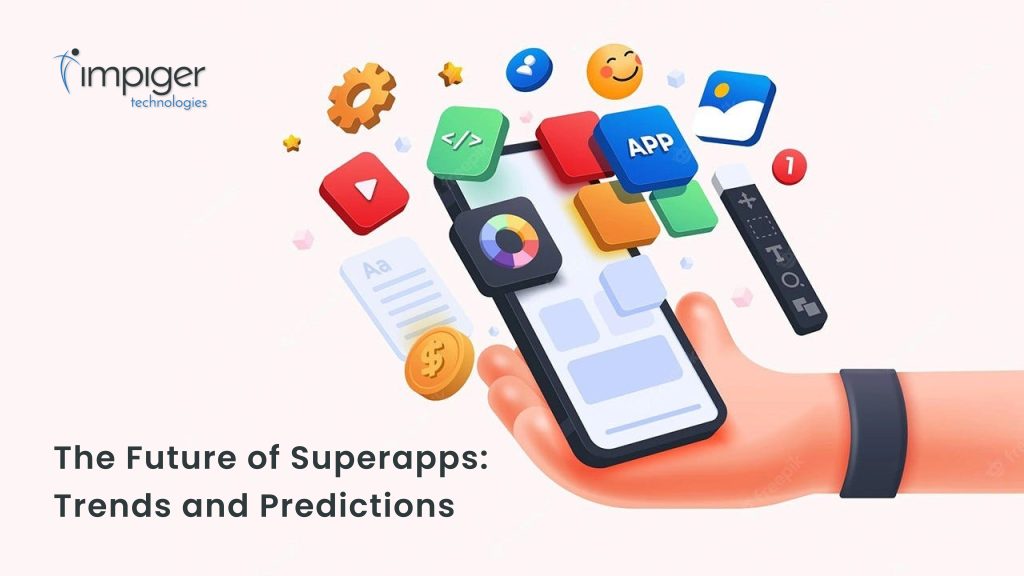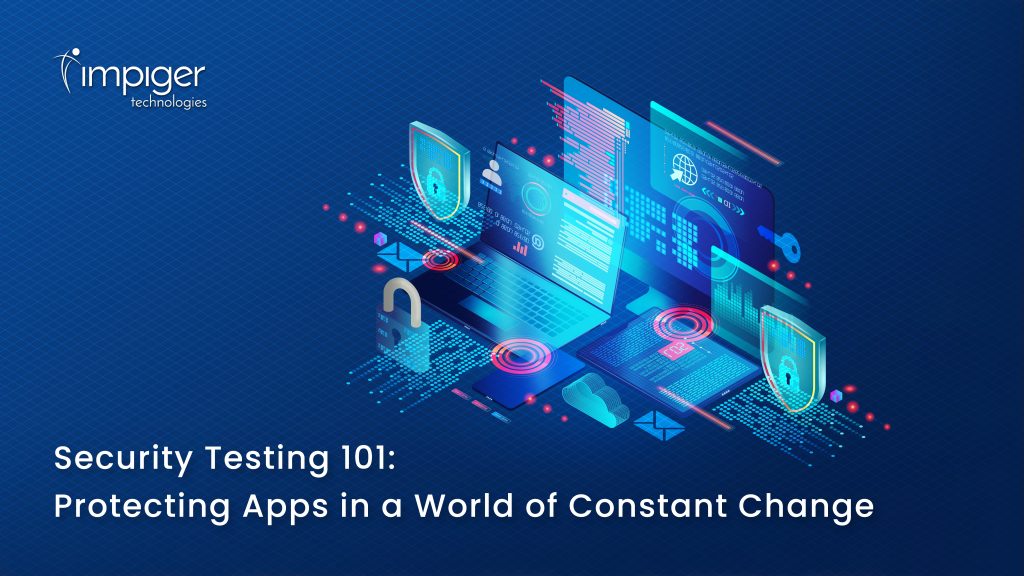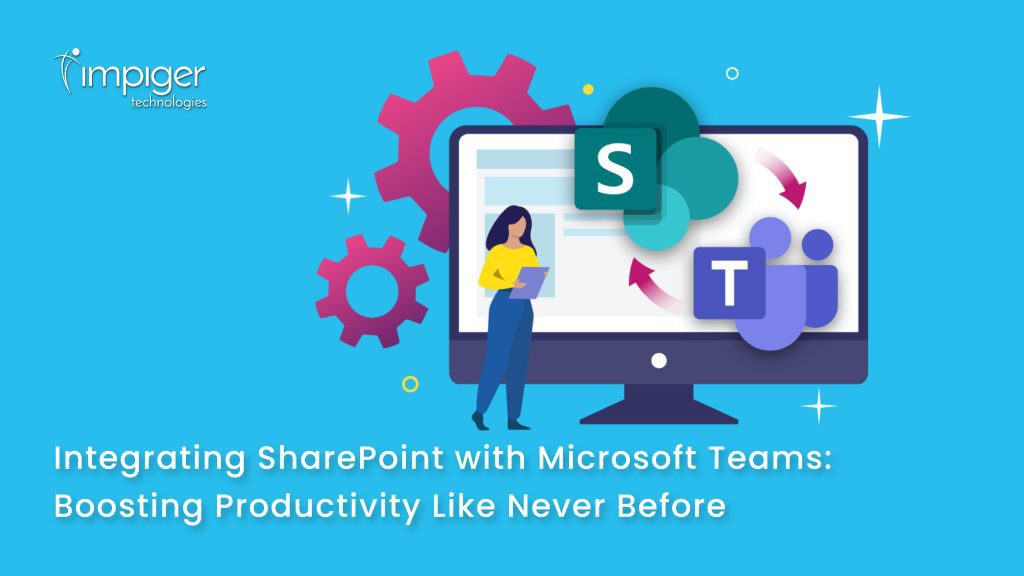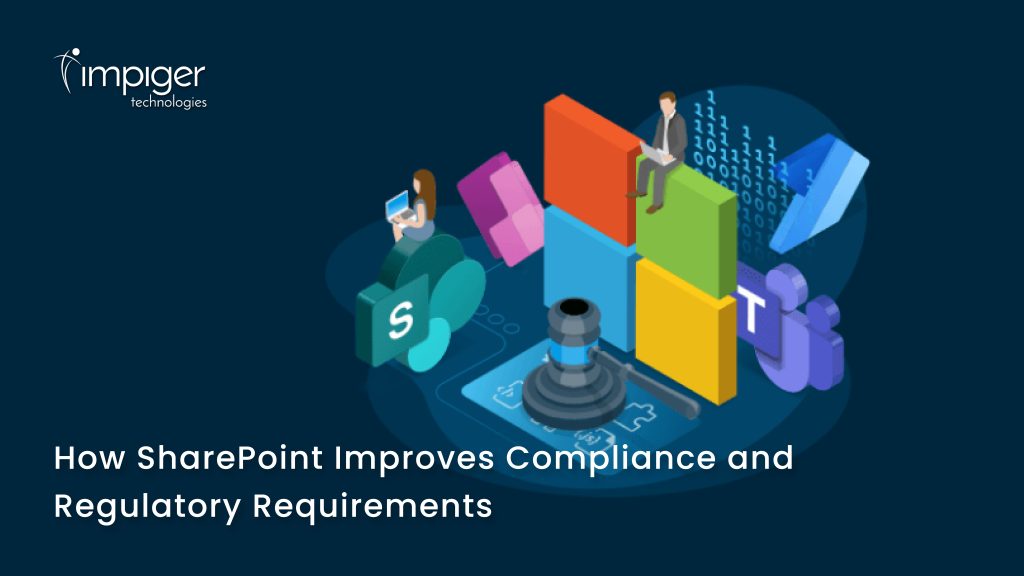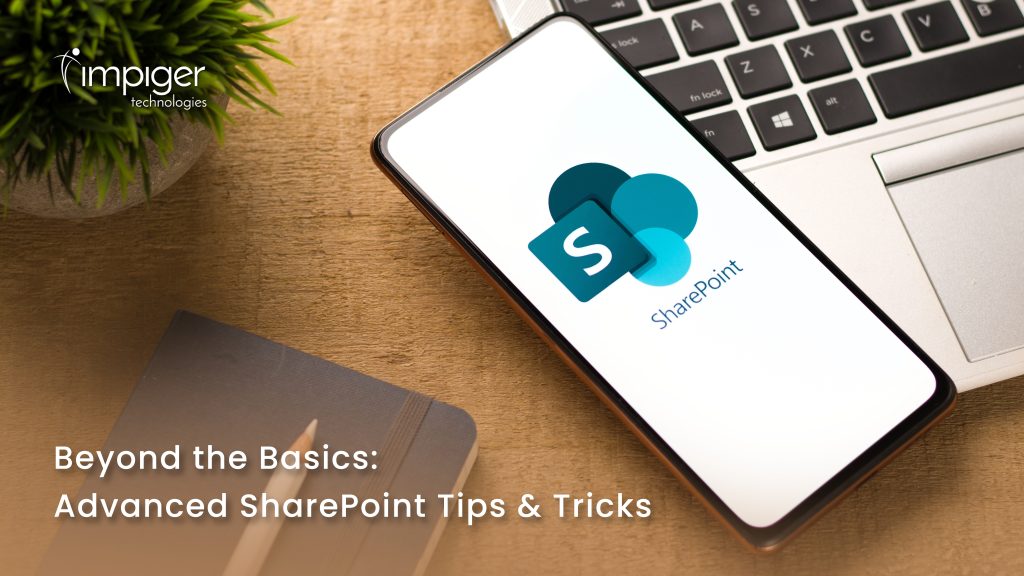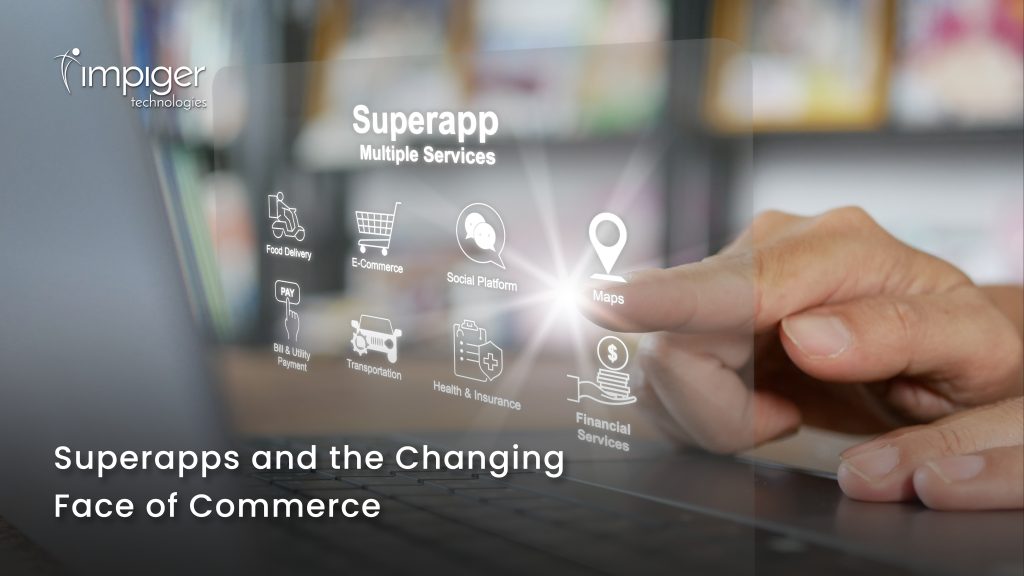In today’s fast-paced digital workplace, the ability to learn quickly and efficiently is more crucial than ever. With employees juggling multiple tasks, finding the time to sit through lengthy training sessions can be a challenge. Enter micro-learning — a cutting-edge approach to knowledge sharing that’s transforming how we deliver learning content. And when integrated with intranet platforms, micro-learning is not just a trend; it’s becoming the future of workplace training.
In this blog, we’ll explore how micro-learning through intranets delivers knowledge in bite-sized chunks, making learning both effective and engaging, all while enhancing productivity.
What is Micro-Learning?
Micro-learning refers to the delivery of learning content in short, focused bursts, typically lasting anywhere from 3 to 10 minutes. The idea is simple: break down complex topics into small, digestible pieces that employees can consume when and where they need them, without disrupting their workday. Unlike traditional training programs that might require employees to set aside hours, micro-learning allows for on-demand, just-in-time learning, making it easier for employees to absorb new information without feeling overwhelmed.
Why Micro-Learning Works
1. Perfect for Busy Schedules
We all know how busy workdays can get. Employees rarely have the luxury of taking time off to complete hours of training. Micro-learning is designed to fit into these busy schedules. A quick video on the latest software update or a short quiz on company policy can be accessed in between meetings, while commuting, or during a coffee break. This flexibility makes learning feel less like a burden and more like an opportunity for growth.
2. Improved Retention Through Spaced Learning
Micro-learning takes advantage of the spacing effect, which is a psychological principle suggesting that information is better retained when it’s spread out over time rather than crammed into long sessions. With short, consistent bursts of information, employees are more likely to retain and recall knowledge. Plus, intranets can deliver these nuggets of wisdom right when they’re most relevant — ensuring the content sticks.
3. On-Demand Learning for Instant Access
One of the key benefits of integrating micro-learning into intranet platforms is the on-demand availability of content. Whether employees are looking for a quick tutorial on a new tool or need a refresher on company procedures, they can simply log in to the intranet and access the exact knowledge they need. No need to search through endless documents or wait for scheduled training sessions.
How Intranets Enhance Micro-Learning
1. Centralized Learning Hub
Intranet platforms serve as the perfect central hub for all learning materials. By consolidating training resources, videos, articles, and quizzes into one easily accessible platform, intranets ensure that employees can find the micro-learning modules they need quickly. With features like searchable content, customizable dashboards, and personalized recommendations, employees can jump straight into their learning experience without unnecessary delays.
2. Seamless Integration with Communication Tools
Intranets often integrate with communication tools like Slack, Microsoft Teams, or email, which can be used to push micro-learning content directly to employees. For instance, a short tutorial or a useful tip about a new software tool can pop up in a team channel or as a notification on an employee’s dashboard. These integrations make learning feel like a natural part of the workflow, rather than a disruption.
3. Interactive and Engaging Content
Gone are the days of static, one-dimensional learning materials. Intranet-based micro-learning is designed to be interactive and engaging. Gamification, such as quizzes, badges, and progress tracking, can be integrated into these modules to keep employees motivated. Additionally, the use of videos, infographics, and interactive simulations helps make the learning process more engaging and memorable.
4. Personalized Learning Paths
Intranet systems can track an employee’s learning progress and offer personalized recommendations based on their role, skill level, and interests. For example, if an employee is working on a project that involves new software, the intranet can suggest specific tutorials, tips, and best practices that are relevant to their current tasks. This personalized approach ensures that employees are always learning the most relevant content at the right time.
5. Real-Time Feedback and Assessment
Micro-learning is not just about consuming content — it’s also about continuous improvement. Intranet platforms can provide real-time feedback through interactive assessments and quizzes that test employees’ understanding of the material. These assessments can be instantly graded, and personalized recommendations can be made for further learning if necessary. This feedback loop helps employees solidify their knowledge and make adjustments where needed.
Benefits of Micro-Learning Through Intranets
1. Boosted Employee Productivity
By offering on-demand access to knowledge, micro-learning empowers employees to solve problems and make decisions more efficiently. Instead of spending time searching for information or waiting for a scheduled training session, employees can find answers in seconds, allowing them to stay focused on their tasks and boost productivity.
2. Increased Engagement and Motivation
Micro-learning offers variety and flexibility, which keeps employees engaged. Instead of feeling like learning is a chore, employees can experience it as a fun and rewarding part of their day. The use of gamification, interactive content, and progress tracking helps keep employees motivated to continue learning and improving.
3. Continuous Learning Culture
The fast-paced nature of today’s business environment requires constant adaptation. By integrating micro-learning into the intranet, organizations foster a continuous learning culture where employees can regularly upskill and stay updated on the latest industry trends and technologies. This culture of ongoing learning is key to long-term success and adaptability.
4. Cost-Effective Training
Micro-learning eliminates the need for lengthy in-person training sessions, travel costs, or expensive learning management systems. By delivering training through intranets, organizations can reduce costs while providing employees with high-quality, easily accessible content. This makes learning not only more efficient but also more affordable.
The Future of Micro-Learning
As technology continues to evolve, so will the capabilities of micro-learning platforms. With the rise of AI-driven recommendations, augmented reality (AR), and virtual reality (VR), micro-learning through intranets will become even more personalized, immersive, and interactive. Imagine receiving tailored learning content that’s dynamically adjusted to your learning style, or participating in an immersive VR training session right within your intranet. The possibilities are endless!
Final Thoughts
Micro-learning through intranets is revolutionizing how businesses approach employee training and knowledge sharing. By delivering bite-sized, on-demand content that’s personalized, interactive, and accessible, intranet-based micro-learning makes it easier than ever for employees to stay informed, upskill, and remain engaged. In the fast-paced world of modern business, embracing this dynamic approach to learning is essential for fostering a productive, motivated, and continuously evolving workforce.
Ready to transform your workplace learning? It’s time to embrace micro-learning — your employees will thank you for it!


